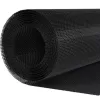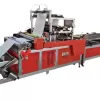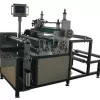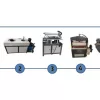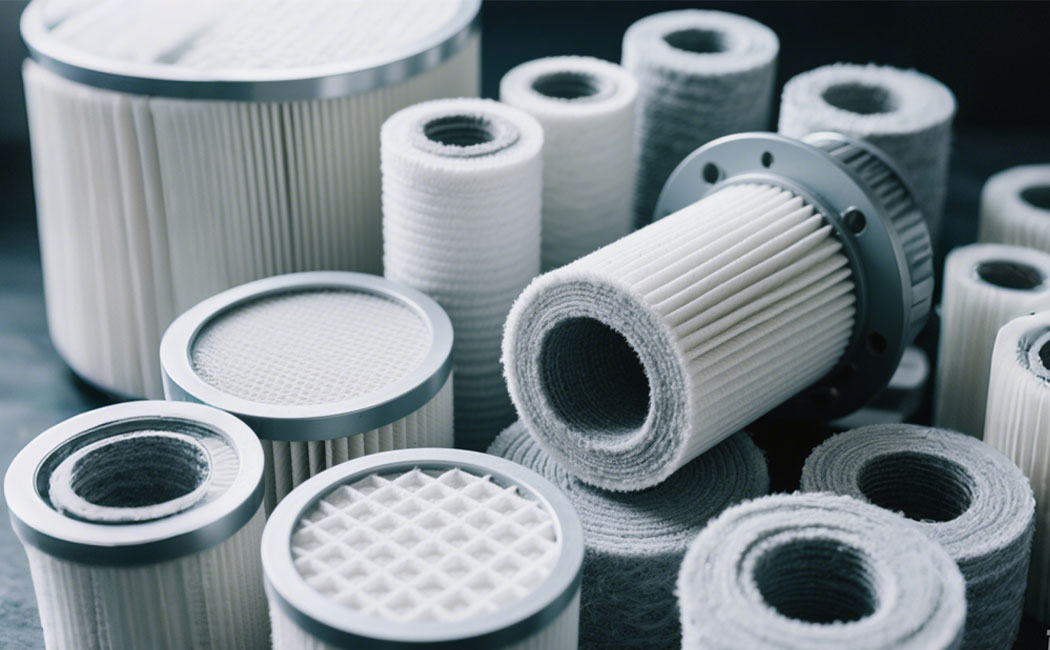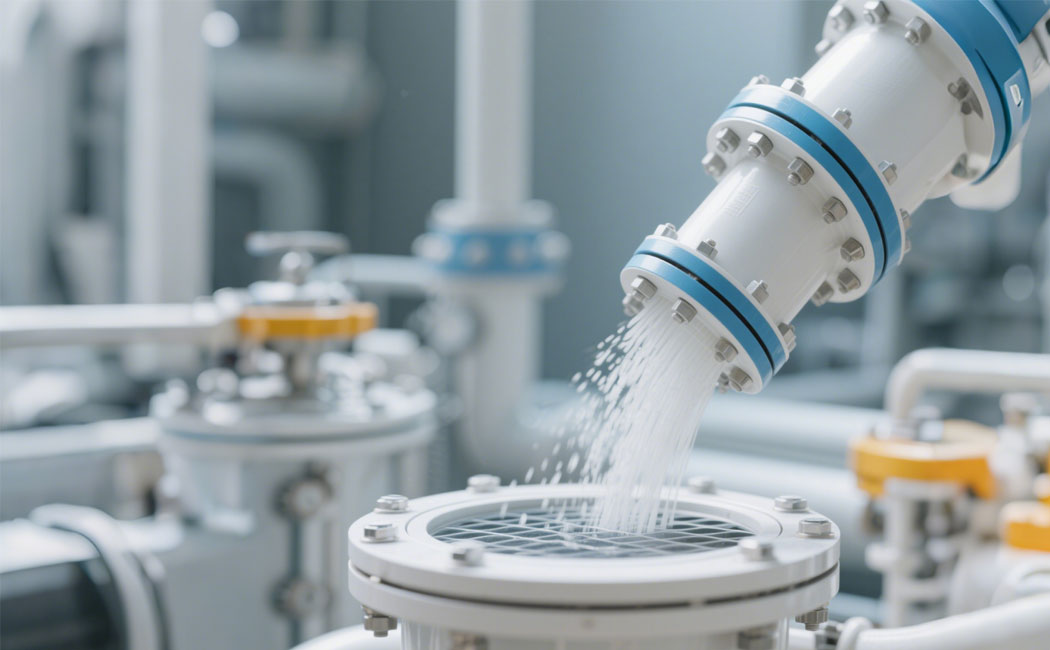Infuse your car with fresh vitality: High-quality air cleaners, safeguarding every breath!
1. What is an Air Filter?
Have you ever wondered how your vehicle “breathes” while speeding down the road? Invisible dust, pollen, and exhaust particles in the air constantly challenge the engine’s health and your driving environment. A small component bears the critical responsibility of protection—the air filter. It acts as the engine’s “mask,” installed in the air filter box at the front of the engine’s intake duct.

2. Why is the Air Filter So Important?
The air filter is the engine’s “mask” and the “gatekeeper” of cabin air. Its role is vital:
· Operating in high-temperature, dusty, and high-vibration environments, it protects the engine by filtering out hard dust particles from the air, supplying clean air to the engine, and preventing dust and small particles from causing abrasive wear. It plays a key role in ensuring the engine’s reliability and durability.
· Improving fuel efficiency: Clean air intake ensures efficient combustion, helping to reduce fuel consumption and save costs.
3. What Types of Air Filters Are There?
Dry Air Filter: Made of resin-impregnated paper or composite fiber, commonly known as a “paper filter.” It traps dust through physical structure, typically filtering particles of 10-20 microns. It has slightly higher air intake resistance compared to oiled filters and is suitable for urban daily driving. Advantages include reliable stability, high OEM compatibility, and no maintenance risks. The downside is that it can easily become saturated in extreme environments, affecting air intake efficiency. Dry filters are ideal for budget-conscious daily drivers seeking hassle-free use.
Oiled Air Filter: Made of multiple layers of cotton or fiber material, the surface is coated with a special filtering oil. The oil film can trap finer particles, filtering dust as small as 5 microns, while reducing intake resistance and increasing airflow. It is particularly suitable for high-dust environments and performance-modified vehicles. Its advantages typically include high airflow, high filtration precision, and improved engine responsiveness. The drawbacks are that low-quality oil or excessive oil application may cause engine knocking and sensor contamination. In summary, for off-roading, street racing, modified cars, or harsh road conditions, an oiled air filter is a suitable choice.
In addition to the two types mentioned above, air filters can also be categorized based on the housing type: metal cover types (commonly used in trucks and commercial vehicles), plastic cover types (e.g., Honda series air filters), PP eco-friendly frame types (e.g., European car air filters), and frameless eco-friendly pure filter types (e.g., Toyota series air filters).
4. What Is the Replacement Interval for an Air Filter?
Regularly inspecting and replacing the air filter is not just simple maintenance—it’s a crucial investment.
Neglecting replacement comes at a high cost! A dirty, clogged air filter restricts airflow, leading to:
· Reduced engine power and sluggish acceleration;
· Abnormal increase in fuel consumption;
· Potential severe engine damage;
· Poor cabin air quality, affecting health.
Replacement guidelines:
· For ordinary city driving with good air quality: Replace every 10,000–15,000 km or once a year, as recommended in the manual or service reminders.
· For environments with construction sites, rural areas, or high dust: More frequent inspection and replacement are needed, approximately every 5,000–8,000 km or every 3–6 months.
· For mostly highway driving in clean conditions: The filter experiences less burden and can be replaced less frequently, approximately every 20,000–30,000 km.
· For humid or severely polluted areas: The filter may absorb moisture, develop mold, or trap particles more quickly, requiring replacement every 8,000–10,000 km or every 6 months.
· For turbocharged or high-performance vehicles: These require high air intake quality, and a dirty filter directly affects performance. Replace every 8,000–10,000 km.
· If unsure or if the filter hasn’t been inspected for a long time: Check the filter’s color and light transmission. Replace it early if dirty. It’s recommended to inspect every 5,000 km.
5. Air Filter Production Process
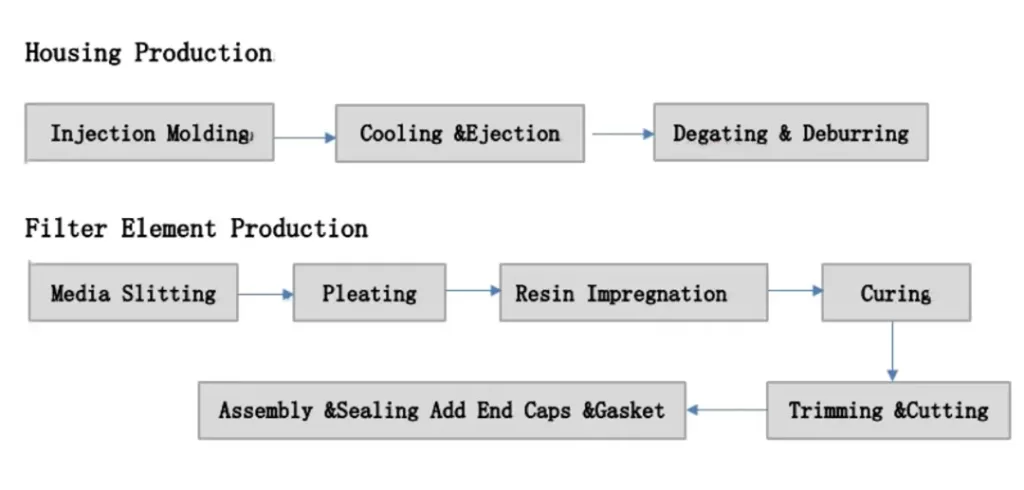
6. Which Machines Are Used for Production?
Air Filter-Related Production Equipment
1. Slitting Machine For Mesh And Paper
2. Panel Air Filter Rotary Pleating Paper Machine
3. Automatic PU Glue Machine
5.Injection Moulding Machine
For more details, please refer to the machine introduction.
Don’t let a dirty air filter compromise your driving experience and health. A simple replacement can breathe new life into your vehicle and safeguard every breath you take on the road.
Protect your engine and your health—start by choosing a high-quality air filter.
Housing Production

Filter Element Production

Share:
Categories
- blog(31)
- Industry news(3)
- Technique articles(28)

